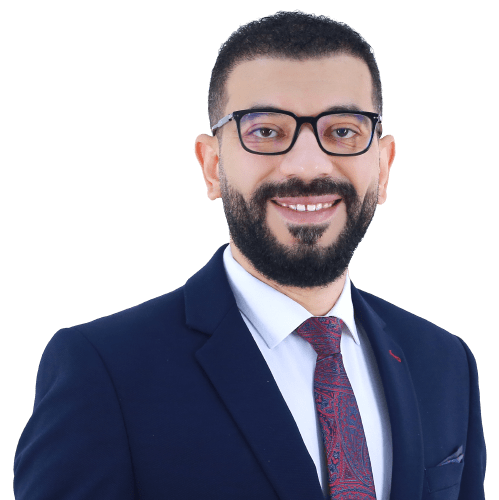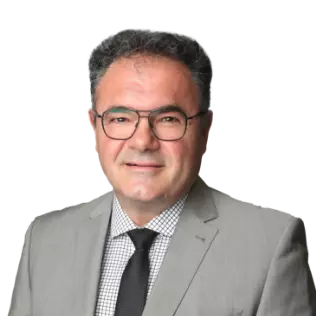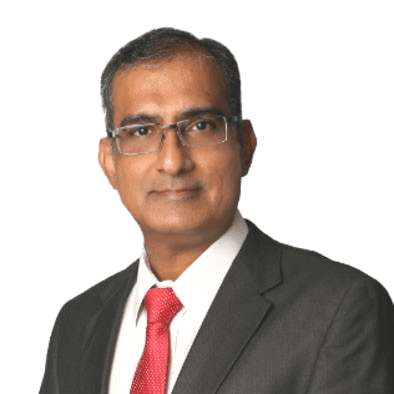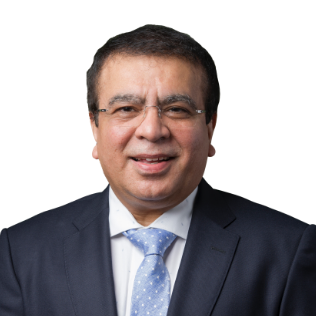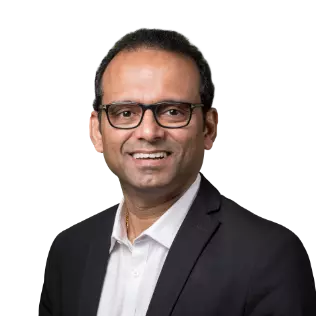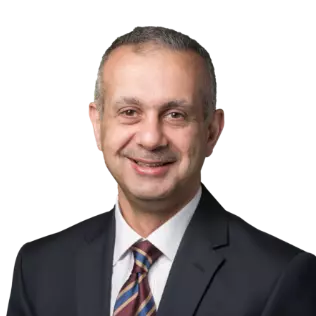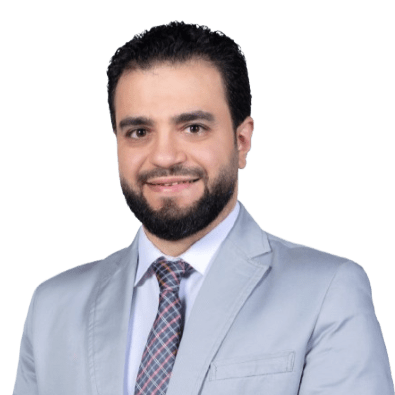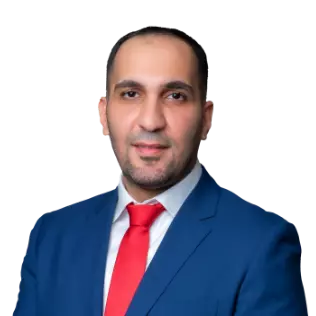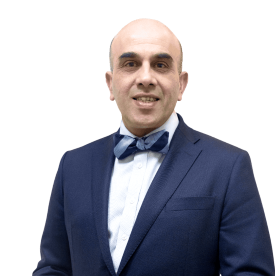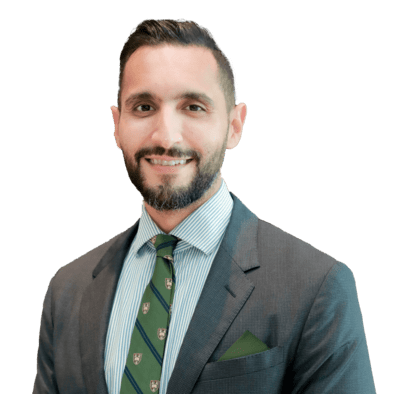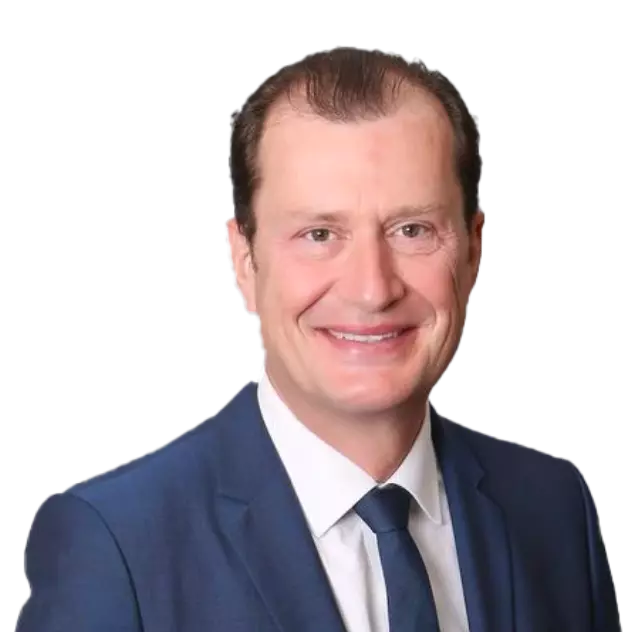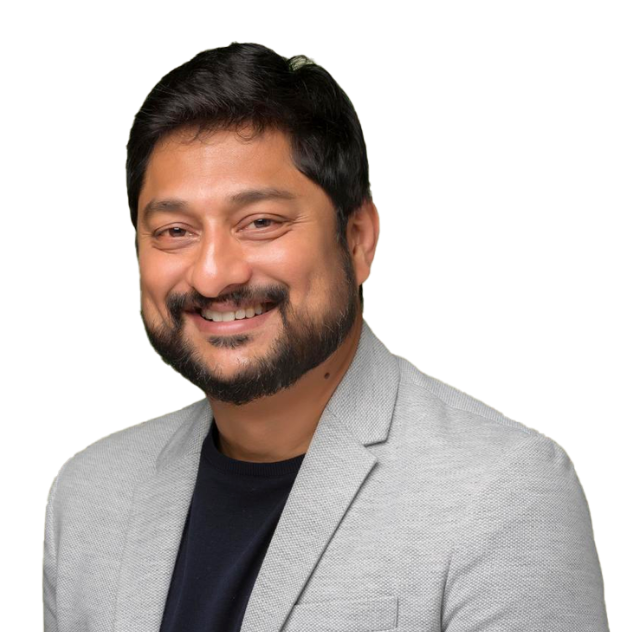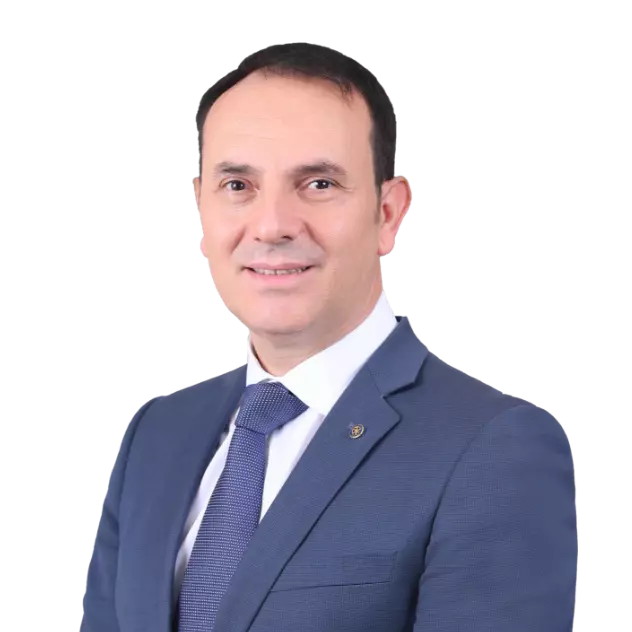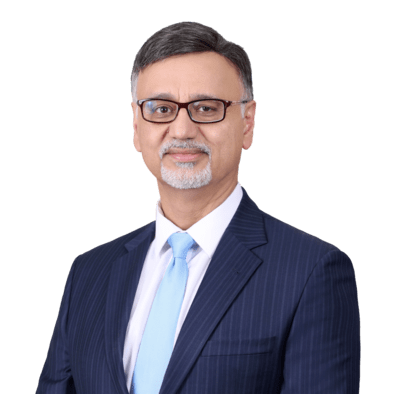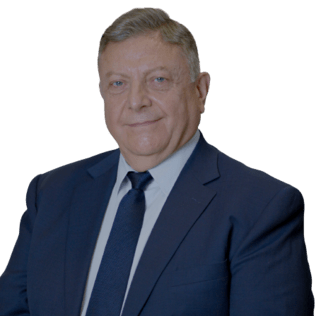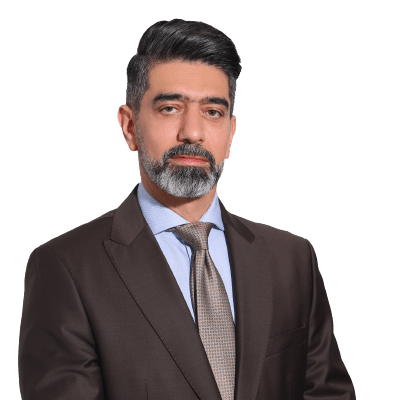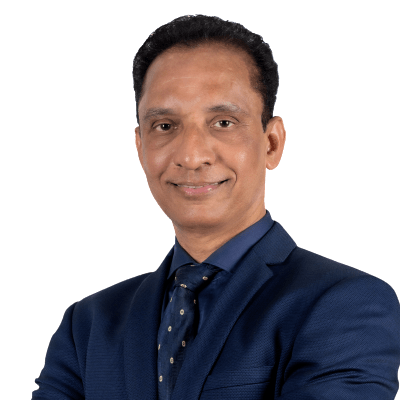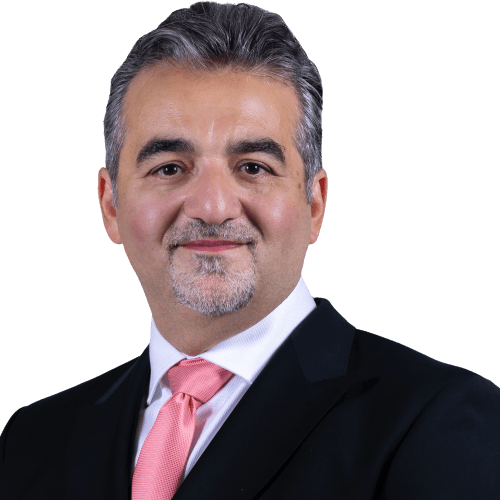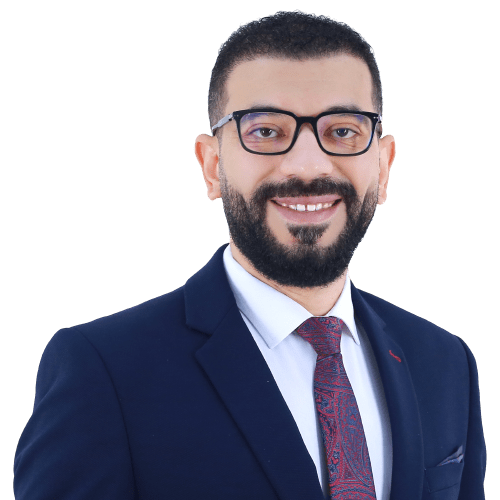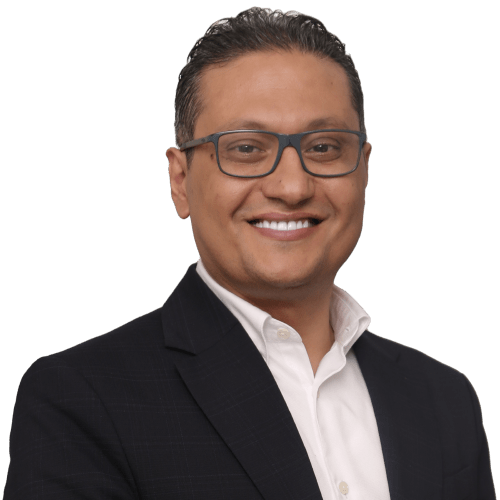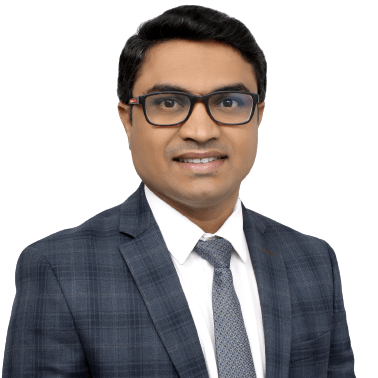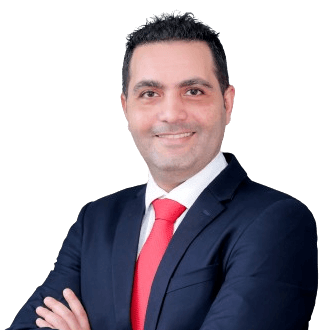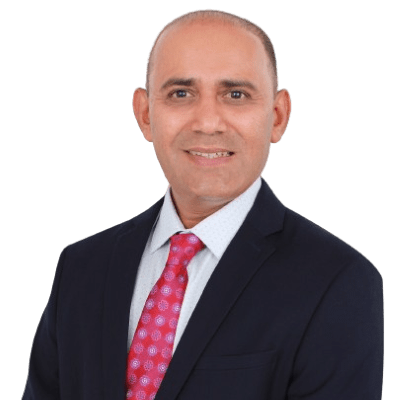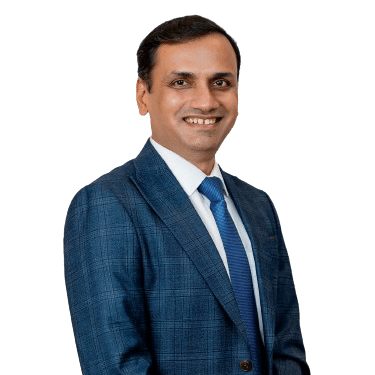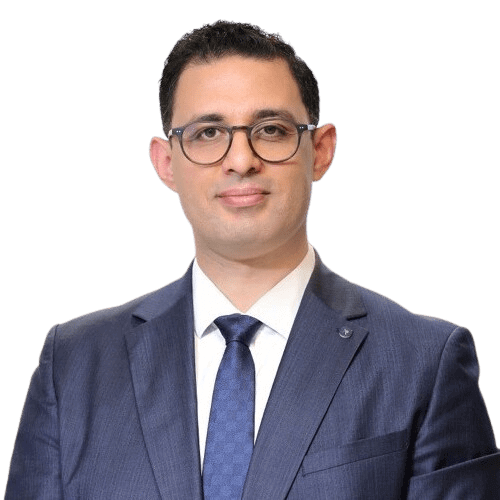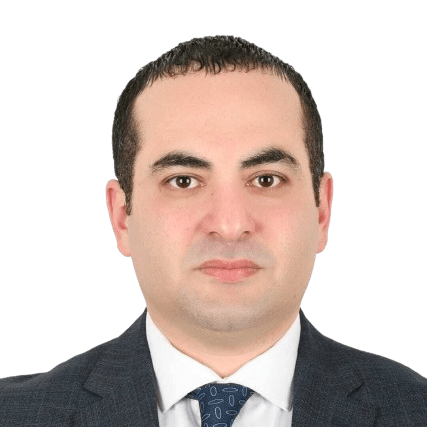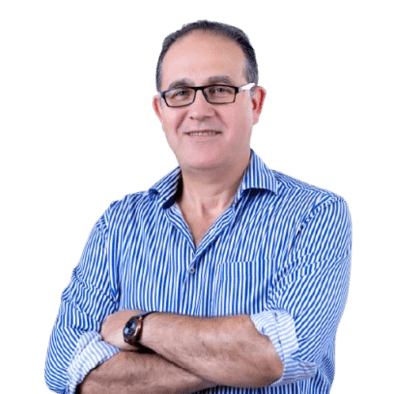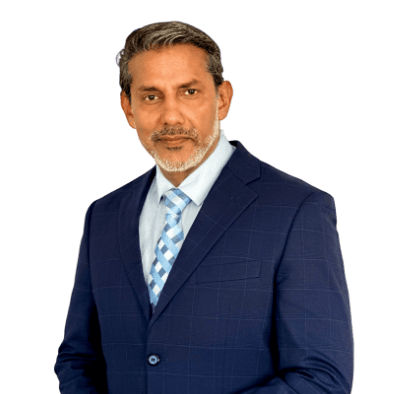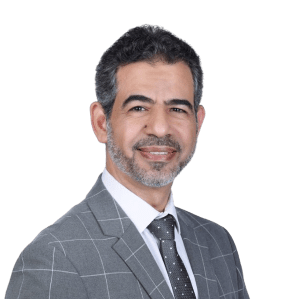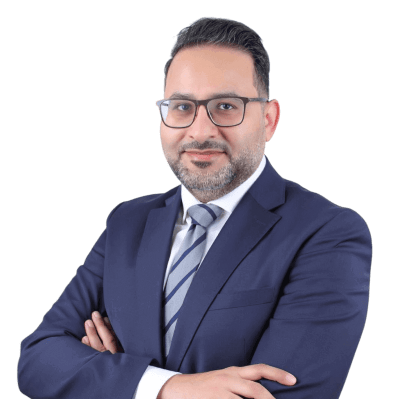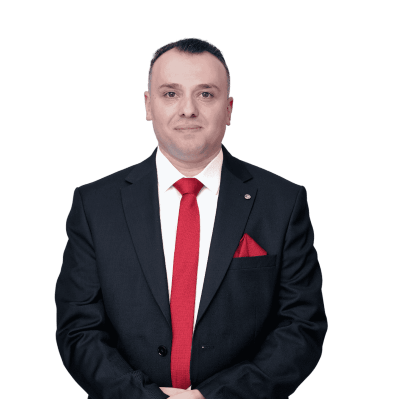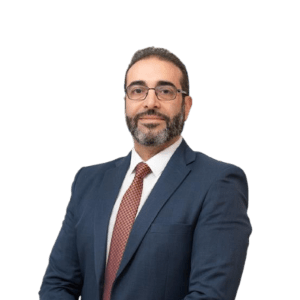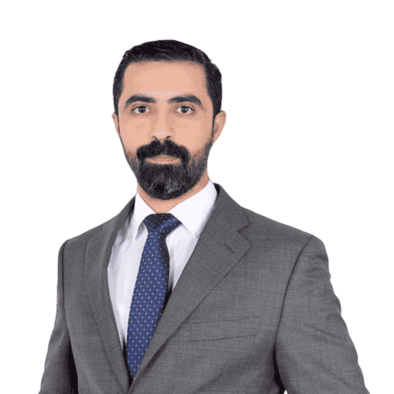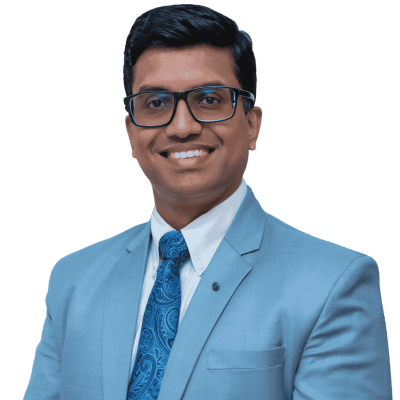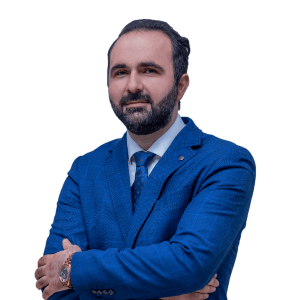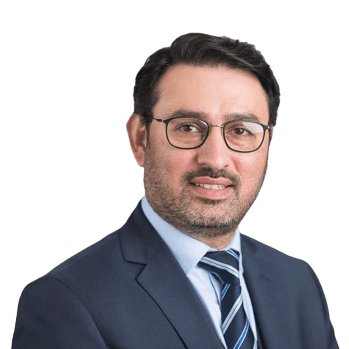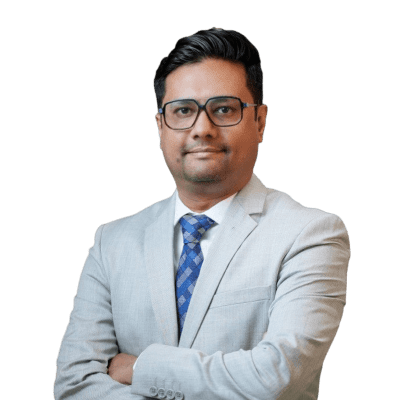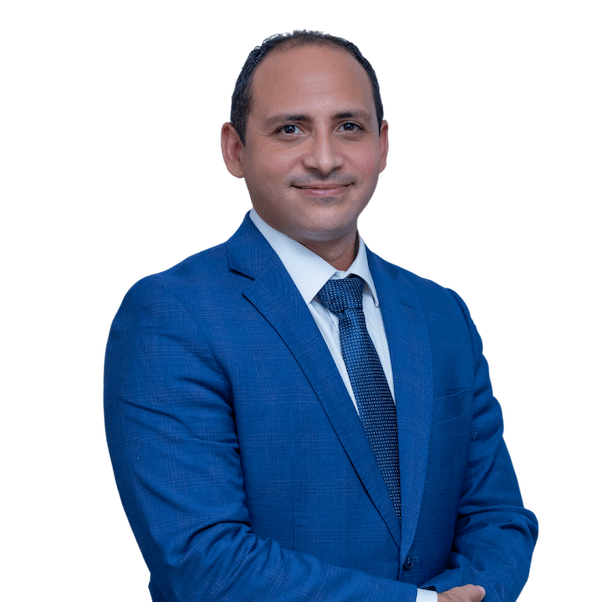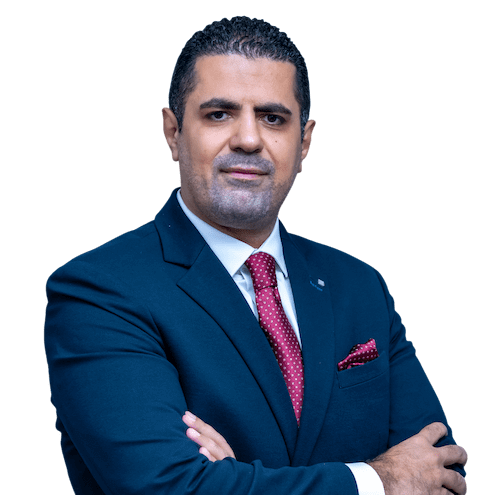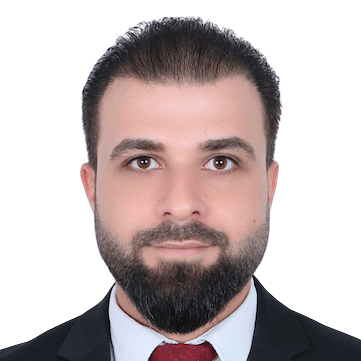Written By: Dr. Mohamed Ghanem
Dr. Mohamed Ghanem is a Specialist in the Department of Orthopaedics. He completed his MBBS from Mansoura University in Egypt and his Master's degree in Orthopaedic and Trauma Surgery (MSc) from Benha University also in Egypt. He is a member of the AO TRAUMA Gulf Cooperation Council, the AO SPINE Gulf Cooperation Council and the Egyptian Orthopaedic Association (EOA).
Updated On:January 26, 2025
Read more.

What is Kyphosis?
Excessive forward rounding of the upper back is known as kyphosis. Kyphosis in older people is frequently brought on by the spinal bones' weakening, which leads to their compression or cracking. Other forms of kyphosis may manifest in children or adolescents due to spinal deformity or gradual wedging of the spinal bones. Mild kyphosis rarely results in issues. A severe kyphosis can hurt and be unsightly. The reason, severity, and age of your kyphosis will all influence how you are treated.
Types of Kyphosis
The five main kinds of kyphosis are as follows:
- Postural kyphosis: In young patients, it often results from long-term bad posture, which causes muscles to become "trained" to retain the spine in a hunched-over position. Older patients may get it as a result of osteoporosis, which weakens the bones, or spine fractures, which cause the bone blocks to collapse.
- Congenital kyphosis: This kind occurs when a baby's spine grows improperly in some areas. Surgery can occasionally be used to treat this when it is discovered very early in life. Sometimes it may not be discovered until a teenager, when surgery may be a little more difficult. Cerebral palsy patients can have congenital kyphosis.
- Nutritional / Metabolic Kyphosis: This kind often results from a variety of illnesses in which the body is unable to properly handle the usage of calcium, magnesium, phosphorus, and other crucial minerals in the formation of strong, hard bones. When the body is unable to use these minerals, the bone weakens and becomes more brittle, prone to fracture or collapse. The condition of osteoporosis affects both young and old people. Another form that affects youngsters is rickets.
- Post-traumatic Kyphosis: This condition develops after a violent fall, a vehicle accident, or other high-energy trauma to the spinal column (back bones) that causes vertebrae (spinal bone) to become damaged and shatter (fracture). The spine may bend if the vertebrae are damaged, causing the bone to collapse.
- Scheuermann Kyphosis: The vertebrae become trapezoid-shaped instead of rectangular due to a disease process. The narrower front of the trapezoid (wedge) permits the spine to bend in a kyphotic (hunched-back) position due to the stacking of these abnormal vertebrae across a portion of the spine.
Causes of Kyphosis
Bones called vertebrae, which resemble cylinders arranged in a column, make up a healthy spine. Kyphosis is characterized by more wedge-shaped back vertebrae.
The causes of kyphosis include:
- Fractures. Broken vertebrae can cause the spine to curve.
- Osteoporosis. Weak bones can cause spinal curvature, especially if fragile vertebrae sustain compression fractures.
- Disc deterioration. Between the spinal vertebrae, soft, spherical disks serve as cushions. These disks shrink and flatten as we become older, which frequently makes kyphosis worse.
- Scheuermann Disease. This illness, also known as Scheuermann's kyphosis, often starts during the growth spurt that happens prior to puberty.
- Additional concerns. Kyphosis may result from improper prenatal development of the spine's bones.
Symptoms of Kyphosis
The primary sign of kyphosis is a hump in the upper back or rounded shoulders. Another sign is having tight hamstrings, which are the muscles in the rear of your thigh.
People with a more severe curvature could also experience the following symptoms:
- Back and shoulder blade pain or stiffness
- Legs that are tingly and feeble
- Extreme tiredness
- Due to their spine pressing against their airways, they may have shortness of breath or other breathing problems
- Balance problems
- Incontinence of the bladder or bowel
When to see a doctor for Kyphosis?
If you see an increased curve in your upper back or spine, it would be best to schedule a visit to your doctor.
Kyphosis Risk Factors
Teenagers, whose bones are growing quickly, are more prone to developing kyphosis. However, anyone can develop it. Older adults may also develop it. People's spines may start to tilt forward as they get older because their vertebrae become less flexible. Additionally, the disease may be congenitally present at birth.
Kyphosis Complications
In addition to back pain, kyphosis may result in:
- Restricted bodily processes. Kyphosis is characterized by weak back muscles and trouble with everyday activities like walking and getting out of seats. In addition to making it difficult to look up or drive, the spinal curvature can hurt when you lie down.
- Digestive issues. The digestive tract can get compressed in cases of severe kyphosis, which can lead to issues including acid reflux and swallowing challenges.
- Body image concerns. Adolescents in particular who have kyphosis may feel self-conscious about their rounded backs.
Kyphosis Diagnosis
Your doctor will often measure your height as part of a thorough physical exam. You could be instructed to squat forward as the doctor examines your spine from the side. A neurological exam may also be carried out to evaluate your reflexes and muscle stamina.
The following tests may be requested:
- CT scans or X-rays. X-rays can identify vertebral abnormalities and measure the degree of curvature. In the event that your doctor needs more precise images, a CT scan might be suggested.
- MRI. MRIs can find an illness or a tumor in your spine by using radio waves and a strong magnetic field.
- Testing of the nervous system. To find out how well nerve impulses are moving from your spinal cord to your extremities, you may need tests if you are feeling numb or have weak muscles.
- Bone density evaluations. Kyphosis can worsen due to low-density bone and is frequently treated with medicine.
Kyphosis Treatment
The reason and severity of your illness will determine how your kyphosis is treated.
Medications
Treatment for kyphosis may consist of the following:
- Anti-inflammatory drugs. If over-the-counter medications like acetaminophen (Tylenol, others), ibuprofen (Advil, Motrin IB, others), or naproxen sodium (Aleve) are insufficient, stronger painkillers are prescribed.
- Drugs for osteoporosis. Medication that strengthens bones may lessen your risk of developing new spinal fractures, which would exacerbate your kyphosis.
Some forms of kyphosis may be alleviated by:
- Exercises. Exercises for stretching and strengthening may assist to reduce back discomfort and increase spinal flexibility.
- Bracing. If a spine brace is worn by a child with Scheuermann's illness while their bones are still developing, they may be able to arrest the development of kyphosis.
Other surgical techniques
- The spinal cord or nerve roots may sporadically be compressed by severe kyphosis. There may be a need for surgery to fix this. The most frequent technique is spinal fusion, in which the surgeon fastens the spinal bones together in the ideal position using metal rods and screws.
- Surgery is not frequently used to treat compression fractures.
Kyphosis Prevention
You can do the following to avoid postural kyphosis:
- Maintain a straight spine
- Build back and abdominal muscles
- Keep a healthy weight
- Use a reliable roller bag or backpack
- Exercise to keep your body flexible and strong
References
Hart, E. S., Merlin, G., Harisiades, J., & Grottkau, B. E. (2010). Scheuermann's thoracic kyphosis in the adolescent patient. Orthopaedic Nursing, 29(6), 365-371.
Lee, J., & Park, Y. S. (2016). Proximal junctional kyphosis: diagnosis, pathogenesis, and treatment. Asian spine journal, 10(3), 593-600.
Nguyen, N. L. M., Kong, C. Y., & Hart, R. A. (2016). Proximal junctional kyphosis and failure—diagnosis, prevention, and treatment. Current reviews in musculoskeletal medicine, 9, 299-308.
Schoenfeld, A. J., Wood, K. B., Fisher, C. F., Fehlings, M., Oner, F. C., Bouchard, K., ... & Bono, C. M. (2010). Posttraumatic kyphosis: current state of diagnosis and treatment: results of a multinational survey of spine trauma surgeons. Clinical Spine Surgery, 23(7), e1-e8.
YAMAN, O., & DALBAYRAK, S. (2014). Kyphosis: Diagnosis, classification and treatment methods. Turkish Neurosurgery, 24(1).
Meet our doctors from the Orthopaedics department
|
||||||||
|
||||||||
|
||||||||
|
||||||||
|
||||||||
|
||||||||
|
||||||||
|
||||||||
|
||||||||
|
||||||||
|
||||||||
|
||||||||
|
||||||||
|
||||||||
|
||||||||
|
||||||||
|
||||||||
|
||||||||
|
||||||||
|
||||||||
|
||||||||
|
||||||||
|
||||||||
|
||||||||
|
||||||||
|
||||||||
|
||||||||
|
||||||||
|
||||||||
|
||||||||
|
||||||||
|
||||||||
|
||||||||
|
||||||||
|
||||||||
|
||||||||
|
||||||||
|
||||||||
|
||||||||
|
||||||||
|
||||||||
|
||||||||
|
||||||||
|
||||||||
|
||||||||
|
||||||||
|
||||||||
|
||||||||
|
||||||||
Similar Posts
teleMEDCARE App
Download teleMEDCARE app from Google Play or App Store to connect immediately to Medcare doctors at a click of a button and without an appointment.
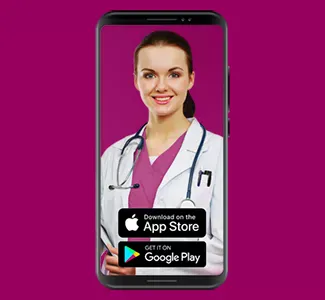
Home Services
We offer our patients a broad range of home health care services in the comfort of their own homes. Book an appointment for lab tests, vaccinations, nurses and physiotherapists.
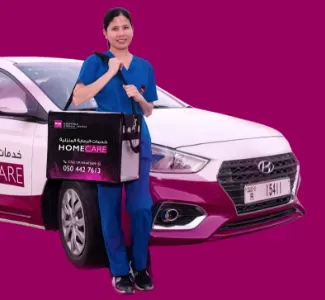
Chronic Care
Know more about our Chronic Care Management Programme in partnership with Damana Saicohealth.

teleMEDCARE App mobile
Download teleMEDCARE app from Google Play or App Store to connect immediately to Medcare doctors at a click of a button and without an appointment.

Home Services
We offer our patients a broad range of home health care services in the comfort of their own homes. Book an appointment for lab tests, vaccinations, nurses and physiotherapists.

Spotii
We have partnered with Spotii to offer a more flexible way to pay - Pay over time for your purchase. No interest, no cost & no catch.

